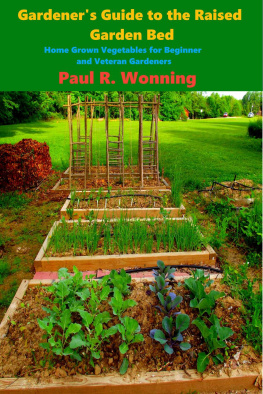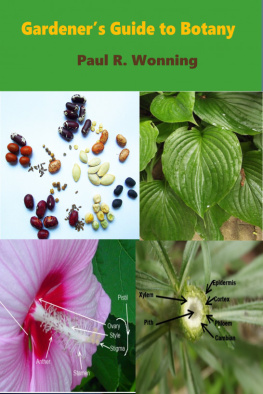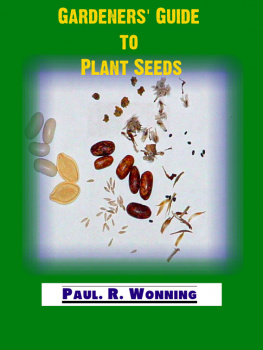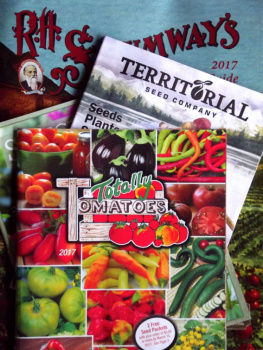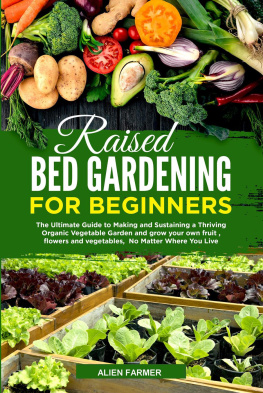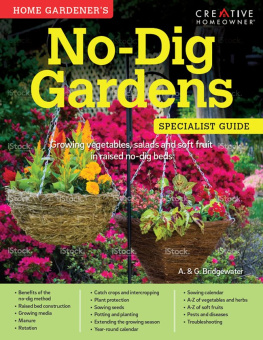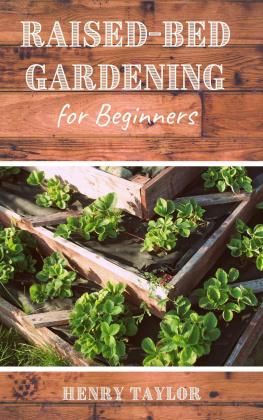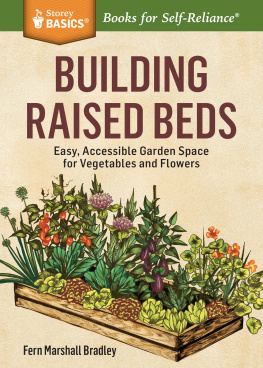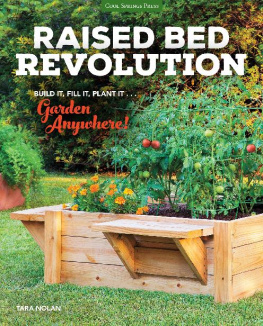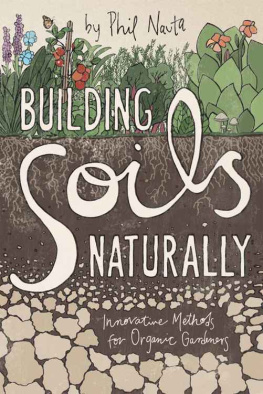Gardener's Guide to the Raised Garden Bed
Home Grown Vegetables for Beginner and Veteran Gardeners
Gardener's Guide Series
Paul R. Wonning
Description
The Gardener's Guide to the Raised Garden Bed provides a wealth of information about growing vegetables in raised beds. The book includes chapters about building materials, siting, plant nutrients, soil amendments, irrigation, soils, composting and much more. Gardeners will find a monthly journal of garden activities to guide them along. Gardeners using row style gardens will find the information useful, as well
Gardener's Guide to the Raised Garden Bed
Published Paul R. Wonning
Copyright 2020 by Paul R. Wonning
Ebook Edition
This ebook is licensed for your personal enjoyment only. This ebook may not be re-sold or given way to other people. If you would like to share this book with another person, please purchase an additional copy for each recipient. If you're reading this book and did not purchase it, or it was not purchased for your use only, then please return to your book seller and purchase your own copy. Thank you for respecting the hard work of this author.
Gardener's Guide to the Raised Garden Bed
All rights reserved.
If you would like email notification of when new installments of
this series are available, email the author for inclusion in the subscription list.
Paul R. Wonning
Mossyfeetbooks@gmail.com
Facebook Mossy Feet Books
Mossy Feet Books
Indiana Places

Table of Contents
Testing the Soil
Gardeners Guide to Growing Vegetables
Arugula
Also in this Series
Gardeners Guide to Compost
Gardener's Guide Garden Tools
Gardener's Guide to Seed Catalogs
Gardeners' Guide To Botany
Gardener's Guide to the Raised Garden Bed
Back to Table of Contents
Gardener's Guide to the Raised Garden Bed
Paul R. Wonning
Introduction to Raised Bed Gardens
W hat Are Raised Garden Beds?
A raised bed is any elevated growing area used to grow plants in soil. You can grow vegetables, flowers, herbs or small fruits like strawberries in a raised garden. The bed's construction can be from a variety of materials and be of just about any size and shape that suits the whim of the gardener or space available.
Advantages of Raised Garden Beds
Gardening in a raised bed presents many advantages over standard row gardening. These advantages include:
Planting, weeding and maintaining the elevated beds is easier.
Closer spacing of plants increases yields and decreases weeds.
Reduced soil compaction allows the plant's roots to grow unimpeded.
Irrigation is easier.
Since you hand cultivate the garden beds, or use mulches, expensive, heavy garden equipment is not needed.
Soil amendments and mulches go further in a raised bed since you do not apply them to the paths as if you would in a row garden.
Raised beds confine the soil to the bed. The beds are more attractive, especially if the garden is symmetrically designed.
If you mulch, pebble or pave the paths they will stay neat and attractive and provide an all-weather surface in the garden.
Weeds are easier to control in a raised bed and grass cannot easily invade from neighboring lawn areas.
Raised beds can also be easier to insert into odd-shaped yards, as all the beds do not necessarily have to be in one spot.
The gardener cultivates with hand tools. Since heavy equipment, like tractors and garden tillers are not used soil compaction is not a problem.
The soil stays loose as a result and plant roots are free to grow better in the looser, richer soil.
The beds can be constructed to a height that makes tending them easier.
Beds can be spaced and raised so wheelchair bound gardeners can access them.
Raised beds can be a solution for gardeners cursed with rocky or poor soil in the garden site. The gardener can fill the beds with good topsoil.
Waiting for the soil to dry out in the spring to work it is not necessary. The author has planted things while it is raining.
Disadvantages of Garden Beds
Elevated beds may need more irrigation
High initial cost of installing the beds
Back to Table of Contents
Construction Materials to Build Raised Garden Beds
M any materials are good candidates for constructing a raised bed garden. Concrete retaining wall blocks provide a long lasting, attractive raised bed. Solid block are best as hollow concrete blocks can provide a place for mice, slugs, snails and other vermin to hide. If using blocks, consider using mortar to construct them, thought you can use rebar to anchor them in place if you don't want to go to the expense of hiring a mason to construct the beds. Retaining wall blocks that can be laid without mortar also work well.
Wood
Redwood and cedar are two attractive wood products that can last a long time. Other woods include black locust, black cherry, oak and osage orange. The gardener can choose from a wide variety of kits available online or at garden supply stores to build a raised bed garden. Many gardeners use pressure treated lumber to construct beds. There are concerns about arsenic leaching into the soil from this material. Here is an article in Fine Gardening Magazine that can help you make up your mind about using pressure treated wood. You may line the bed with black plastic sheets to shield the garden soil from the wood, if desired.
Fine Gardening Magazine
http://www.finegardening.com/design/articles/pressure-treated-wood-in-beds.aspx
The author does not recommend using railroad ties for vegetable garden raised beds.
Steel galvanized culverts cut off to the desired length also make nice raised beds. Galvanized livestock watering tanks, available at farmer's supply stores, can also make a nice, durable garden bed. Metal roofing, or siding, can also make an attractive raised bed garden. Some gardeners like to use a type of steel called "weathering steel," to make their garden beds. This steel, made by a company called Corten, will weather and rust, but is strong and durable.
For more information on this product, contact:
Western States Decking, Inc
DBA
Western States Metal Roofing
901 W. Watkins St.
Phoenix, AZ 85007
https://www.corten.com/
To help retard pests like mice, moles and gophers from burrowing into your beds from below, consider laying hardware cloth on the ground before building the beds.
Back to Table of Contents
Next page
